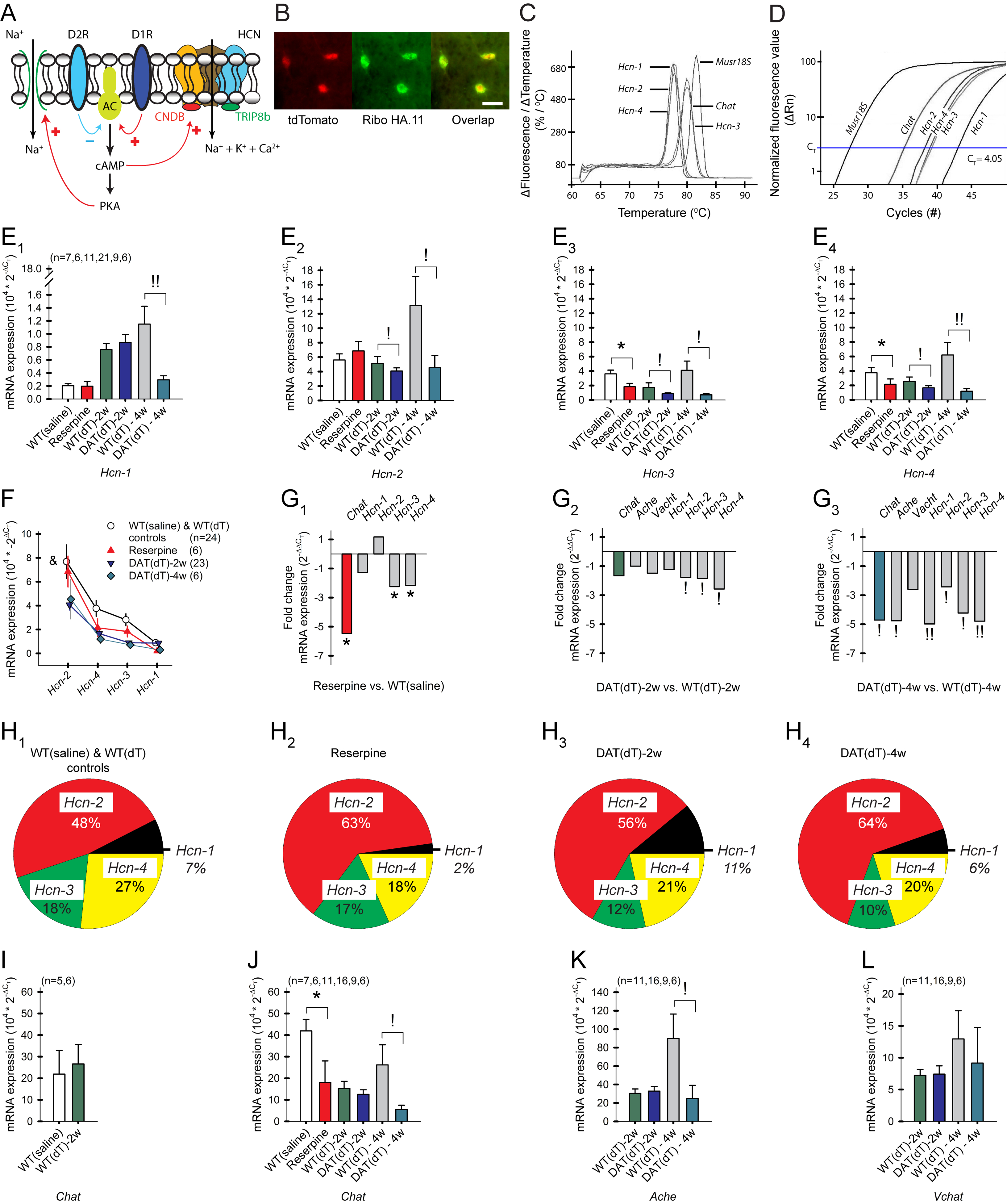Figure 5. DA deficiency reduces Chat, Ache, and Hcn subunit expression.

A) HCN and Na+ channel modulation by D1 and D2 receptors. cAMP binds to the HCN CNBD to reduce inhibition of HCN channel gaiting. AC, adenylyl cyclase. B) HA.11 antibody-tagged ChIs from a RiboTag × ChAT-Cre × tdTomato mouse. Bar, 20 μm. C) A single, sharp peak in the melting curve analysis following the RT-qPCR reaction shows that only one product is generated from each primer pair. D) RT-qPCR amplification curves of Chat, Hcn1–4, and Musr18S expressed in ChIs. The number of cycles required to cross CT is inversely proportional to RNA expression. E1–4) Relative mRNA expression (2−ΔCT) of the Hcn1–4 subunits, where ΔCT is determined by subtracting CT from the Musr18S control. DA-deficient mice were processed with their respective controls. For all panels, n=mice. F) Hcn1–4 expression in striata from WTsaline and WTdT controls, reserpine, and DATdT mice. &p=0.04, 2-way ANOVA. G1) Fold-reduction (2−ΔΔCT) of mRNA in ChIs from reserpine, G2) DATdT-2w, and G3) DATdT-4w mice relative to their controls. H1) Charts illustrate changes in the percent distribution of Hcn1–4 subunits based on their gene expression in control, H2) reserpine, H3) DATdT-2w, and H4) DATdT-4w mice. I) mRNA expression of Chat in ChIs from control mice, and J) Chat, K) Ache, and L) Vachat relative to their controls. See also Table S4.
